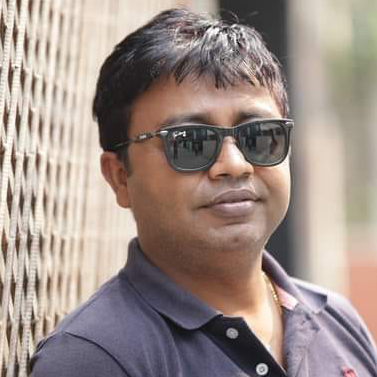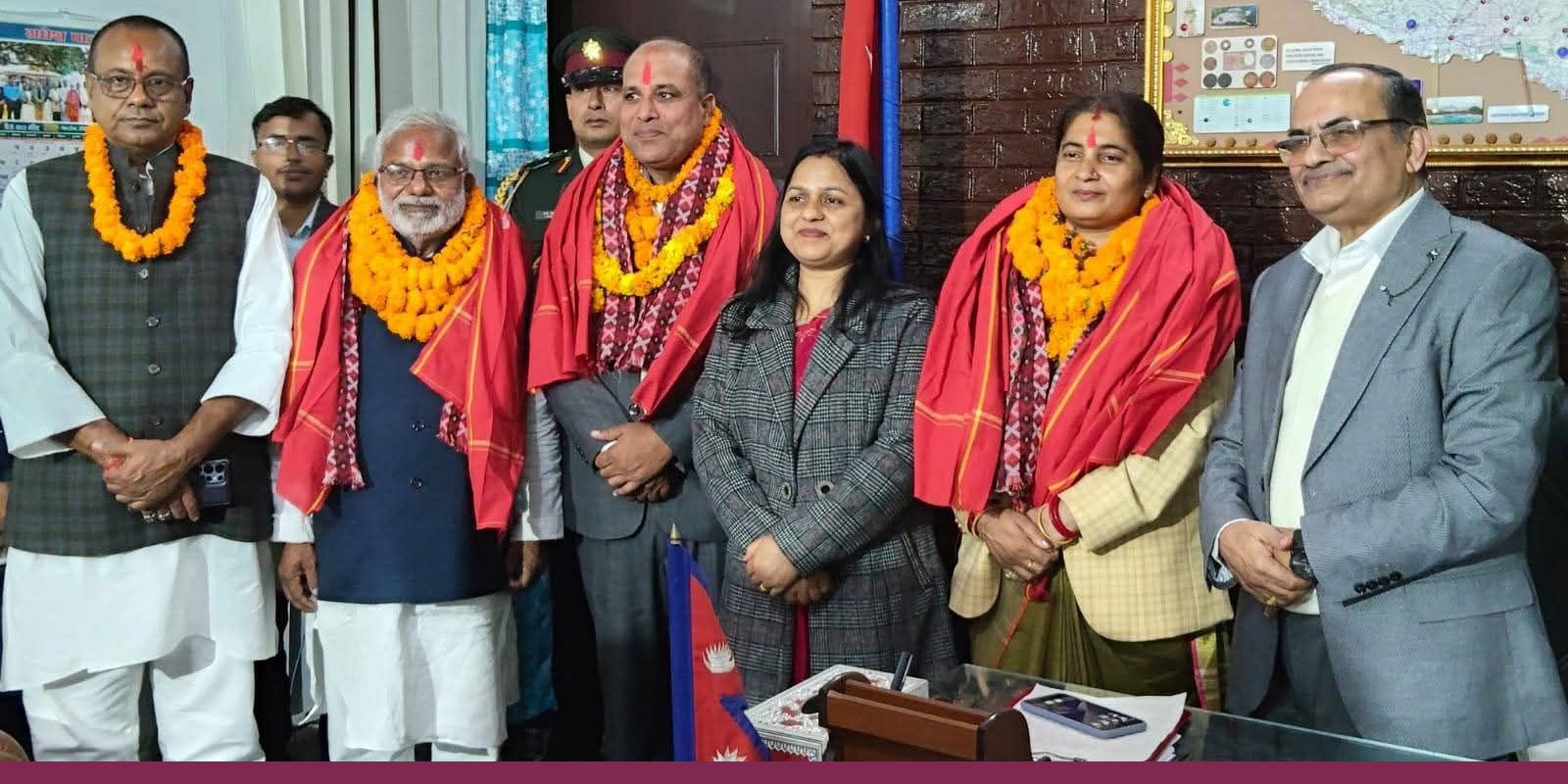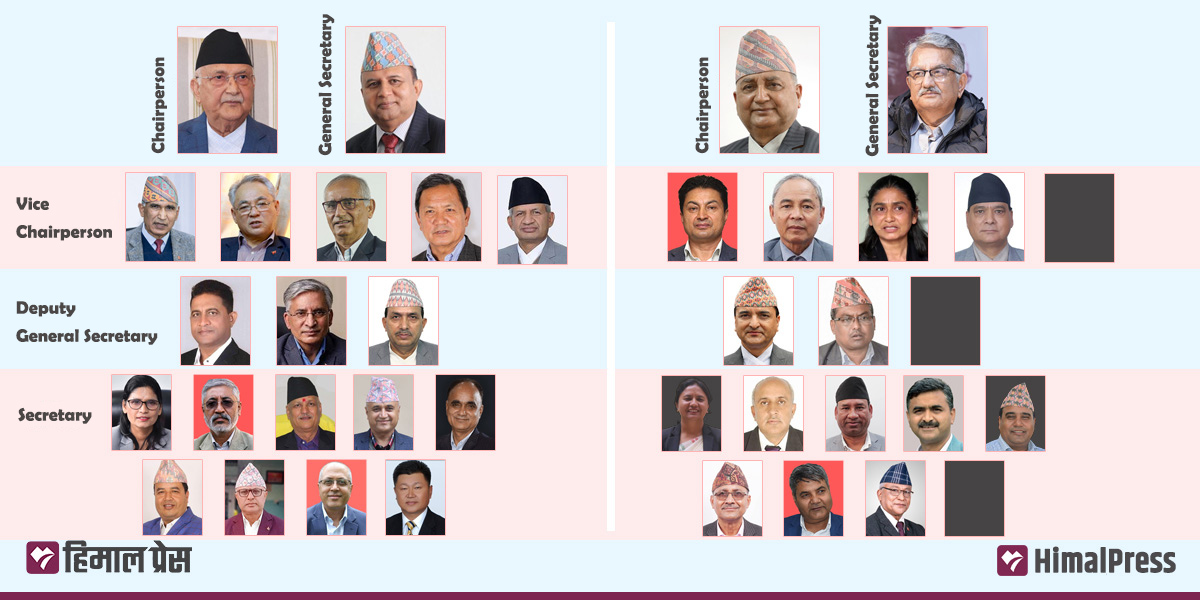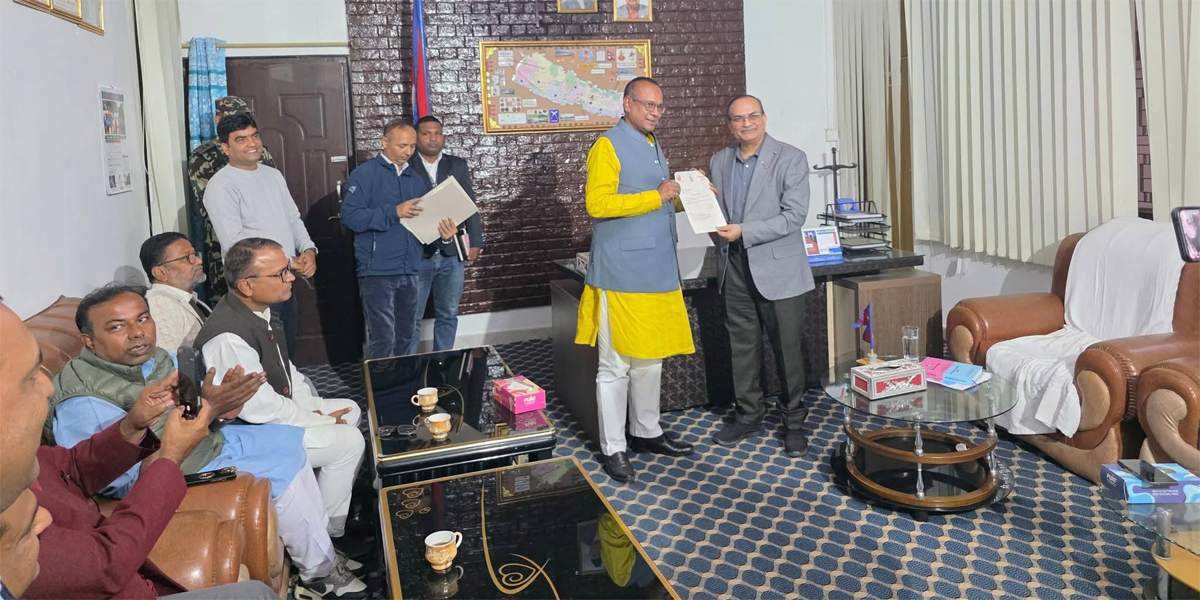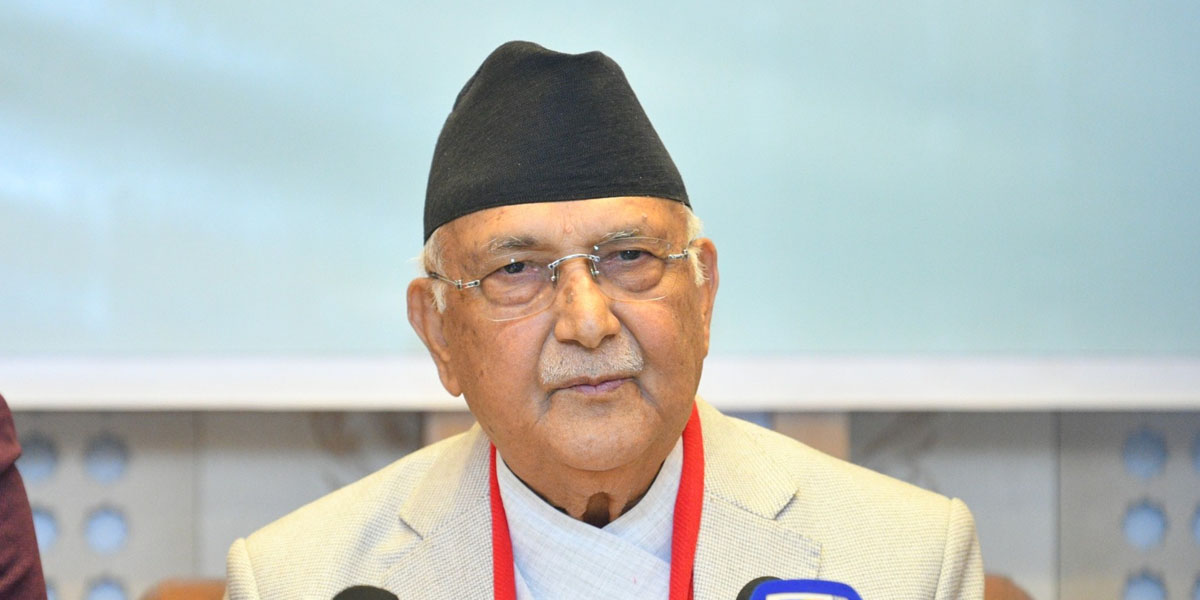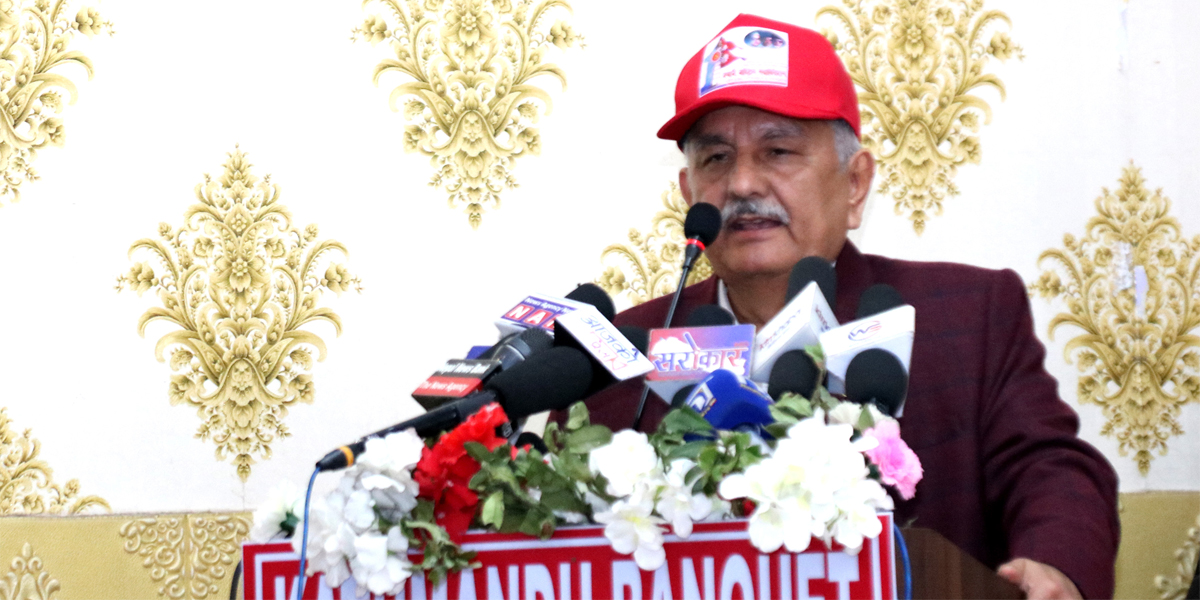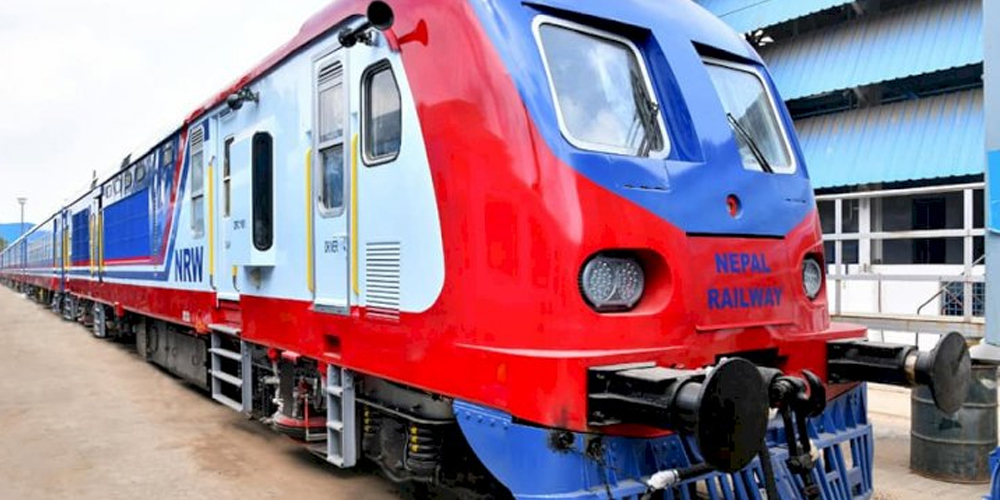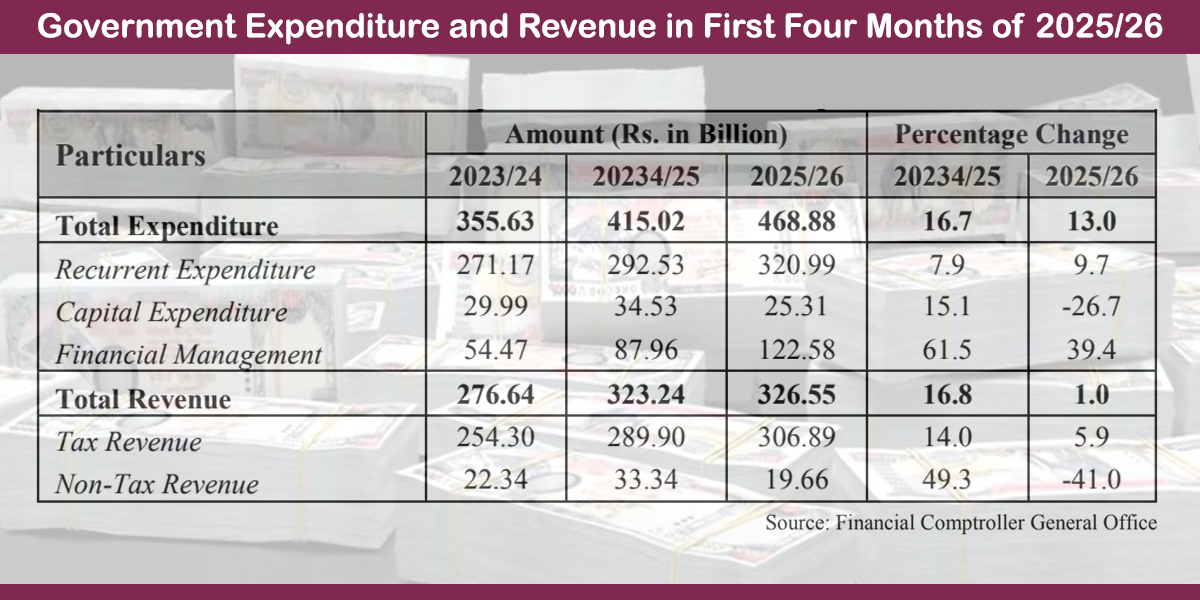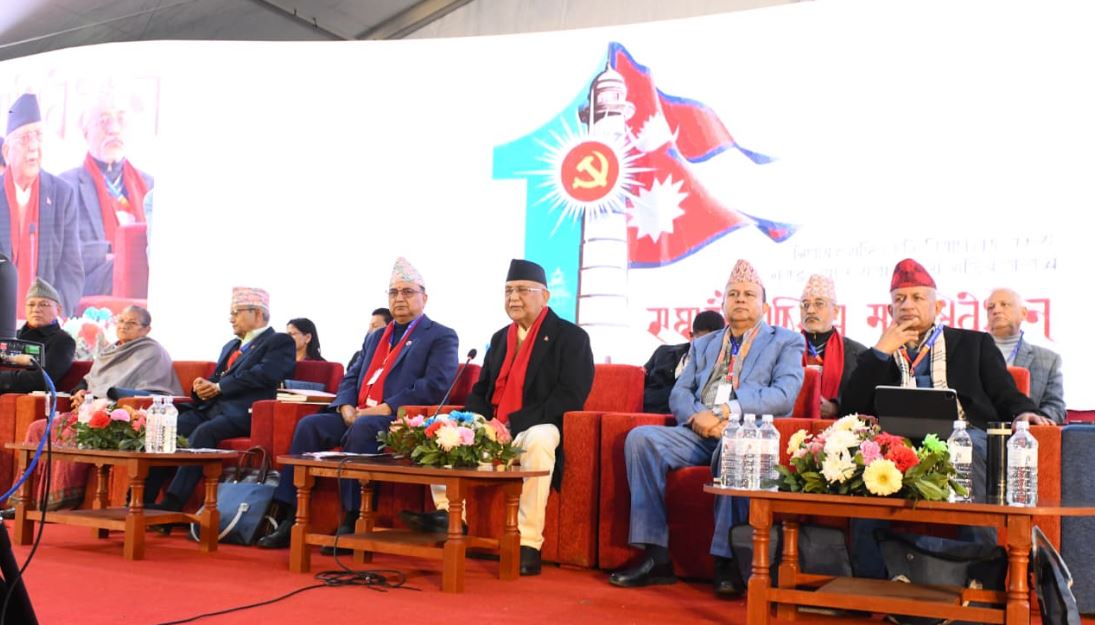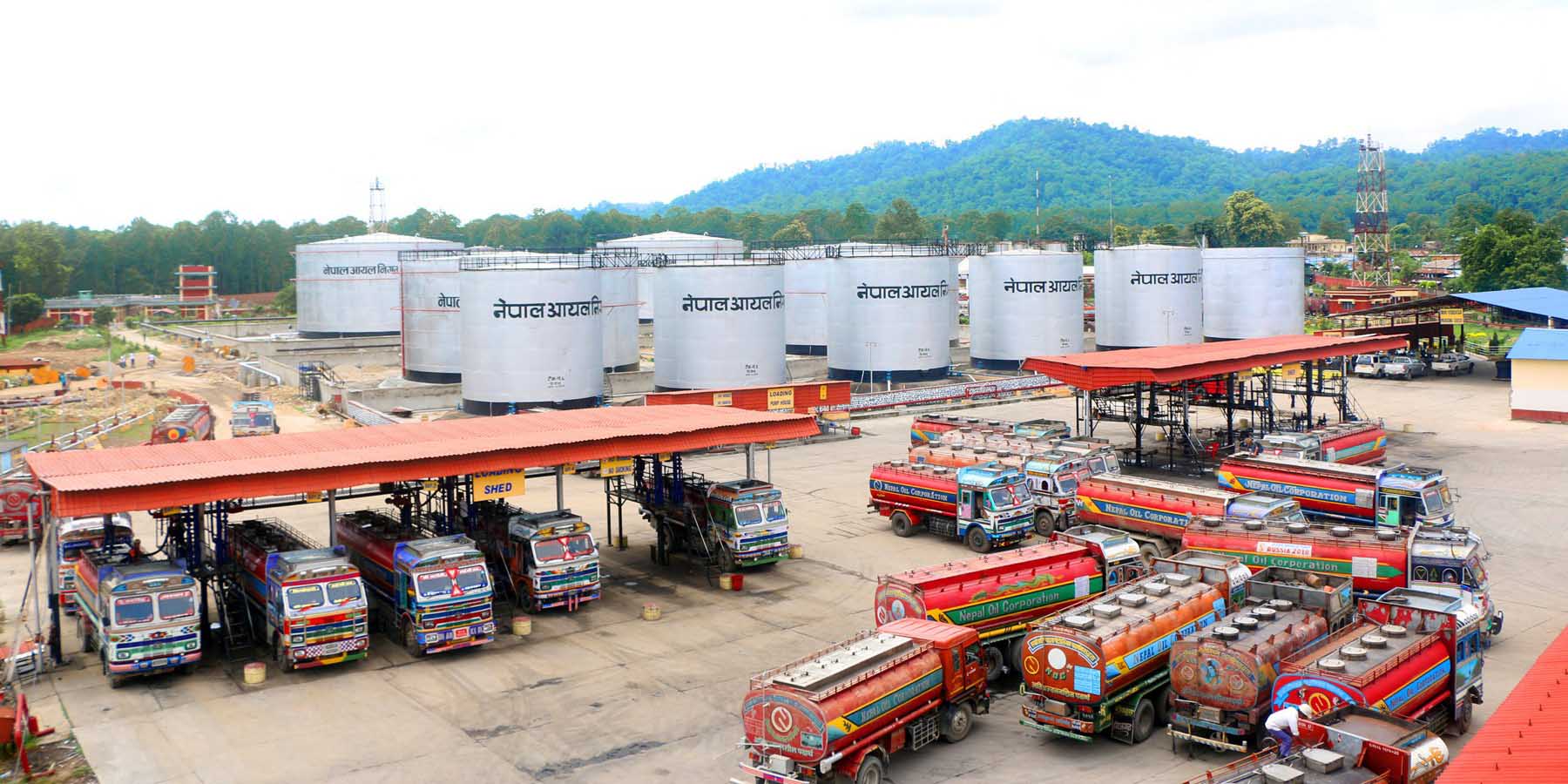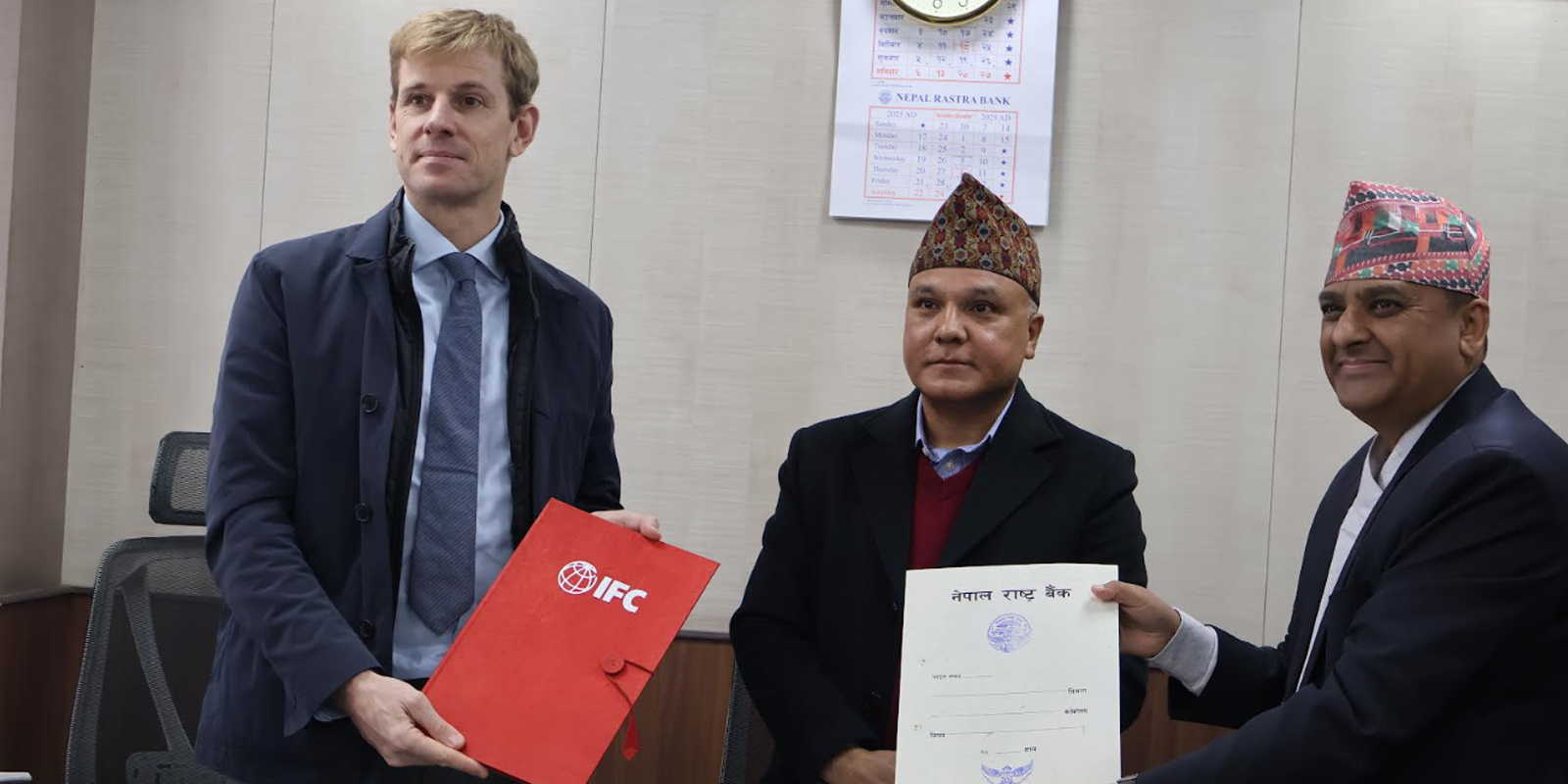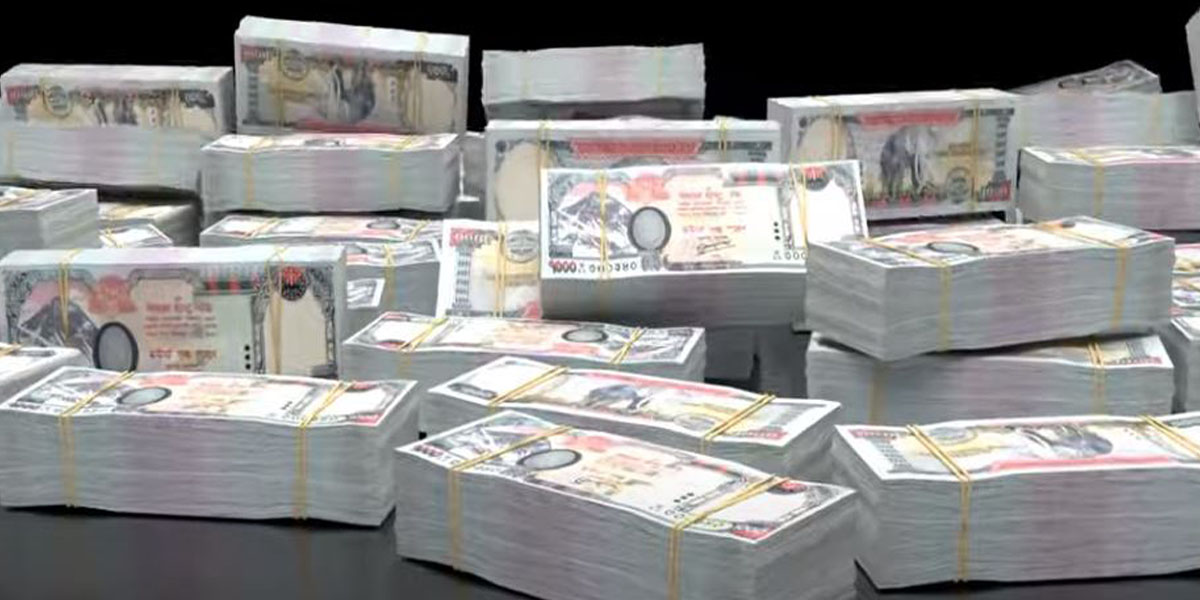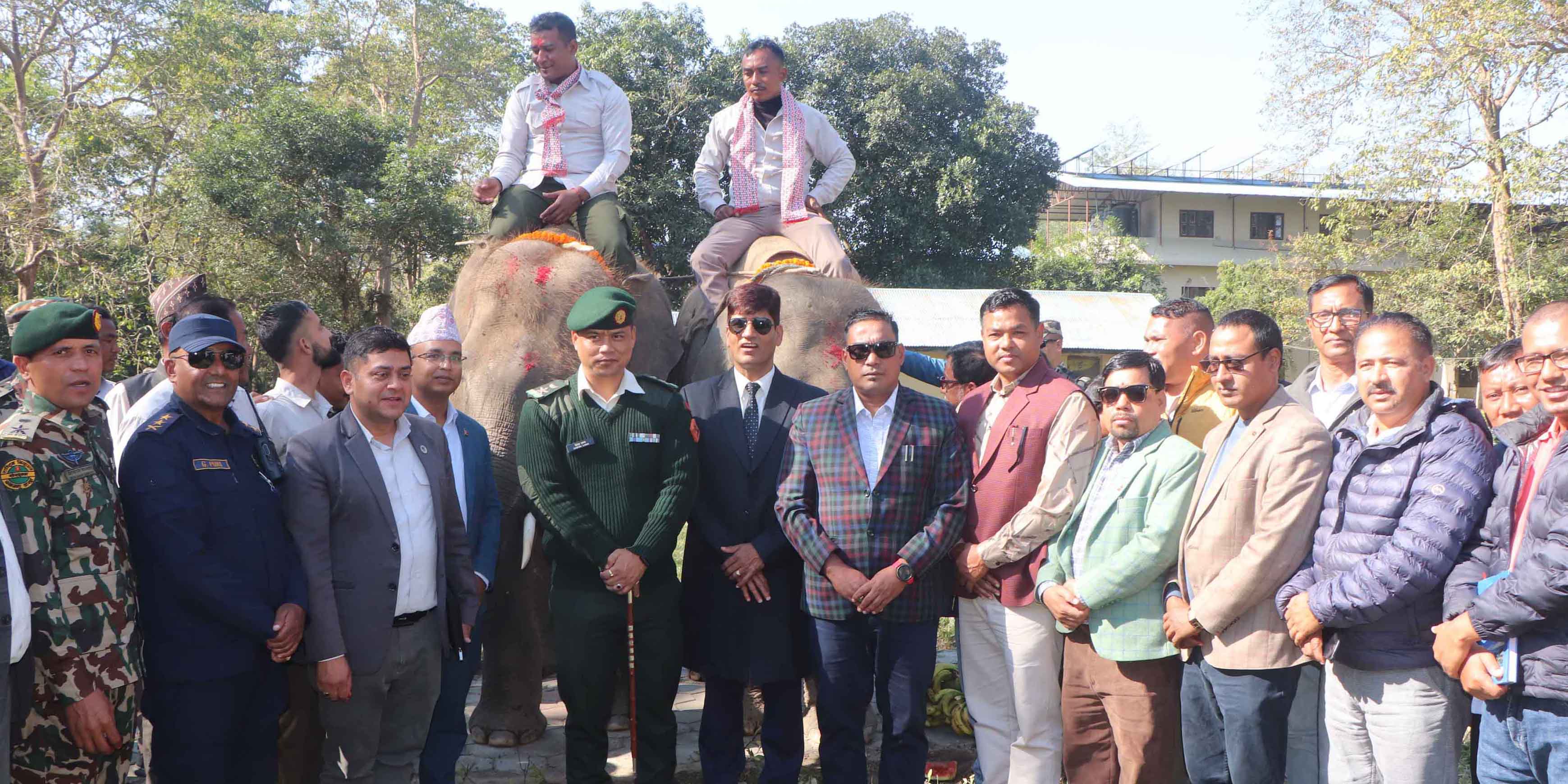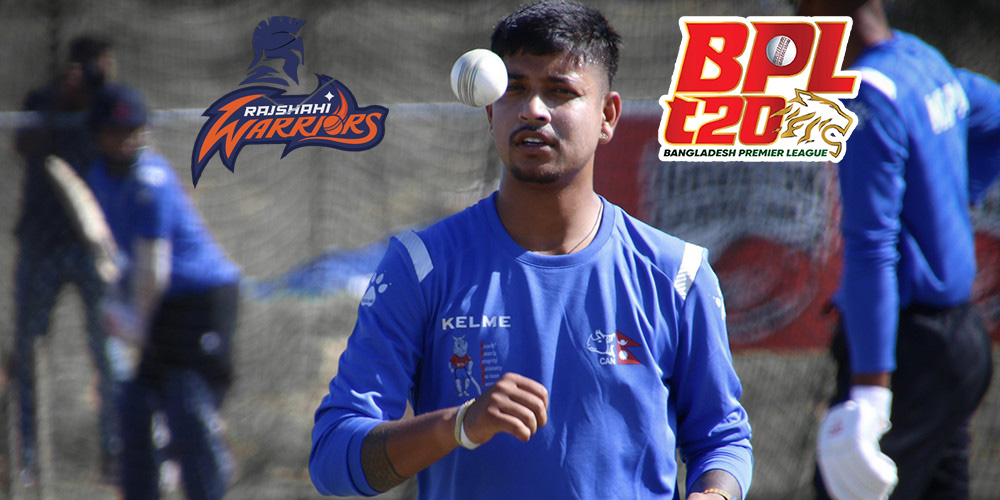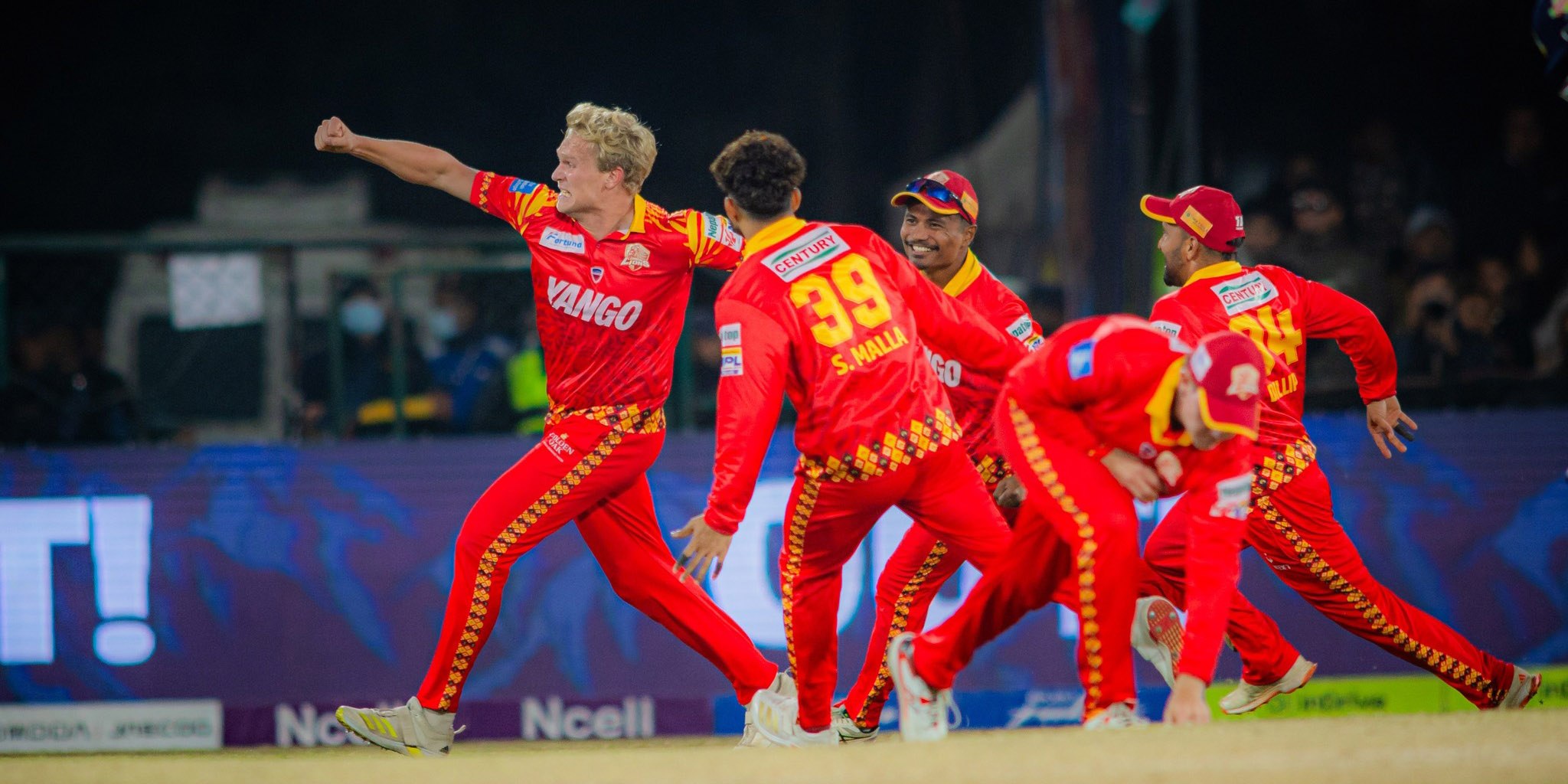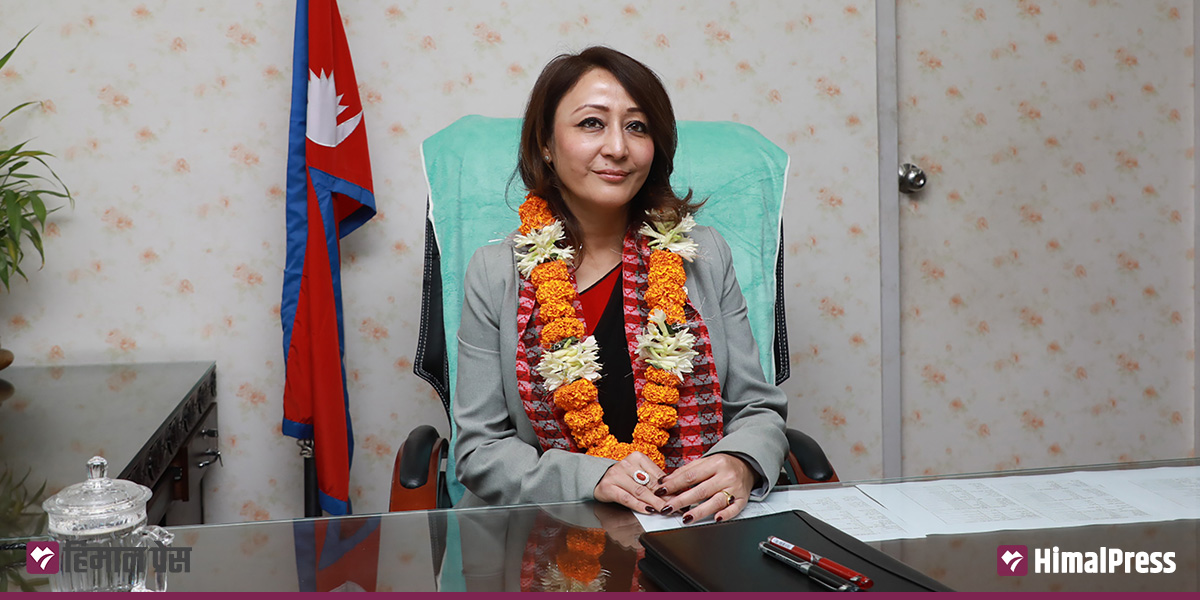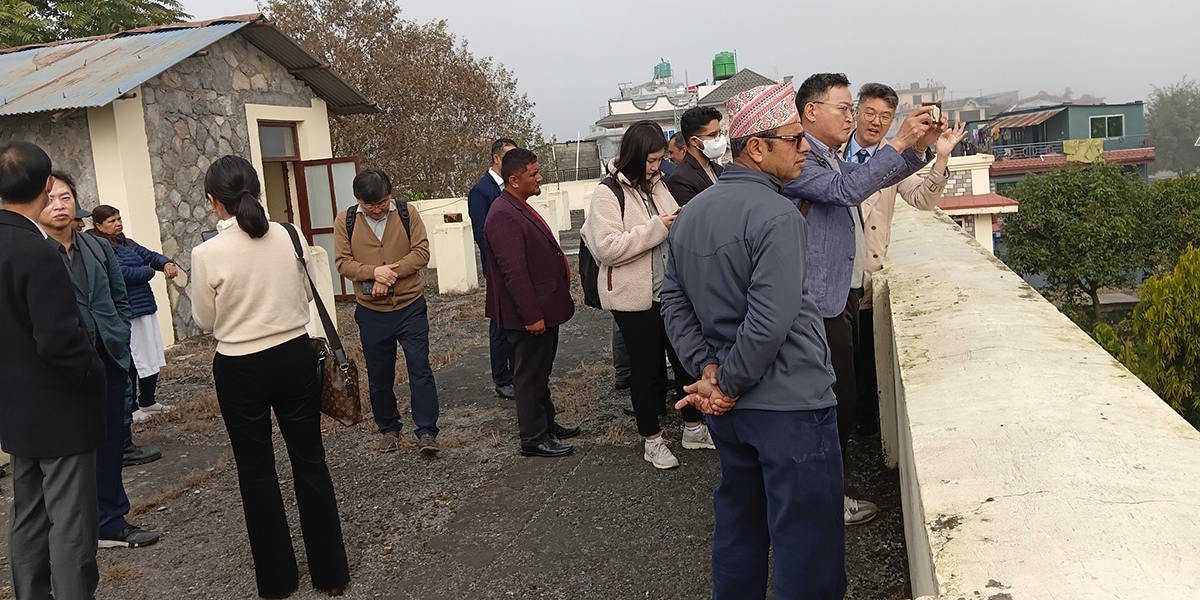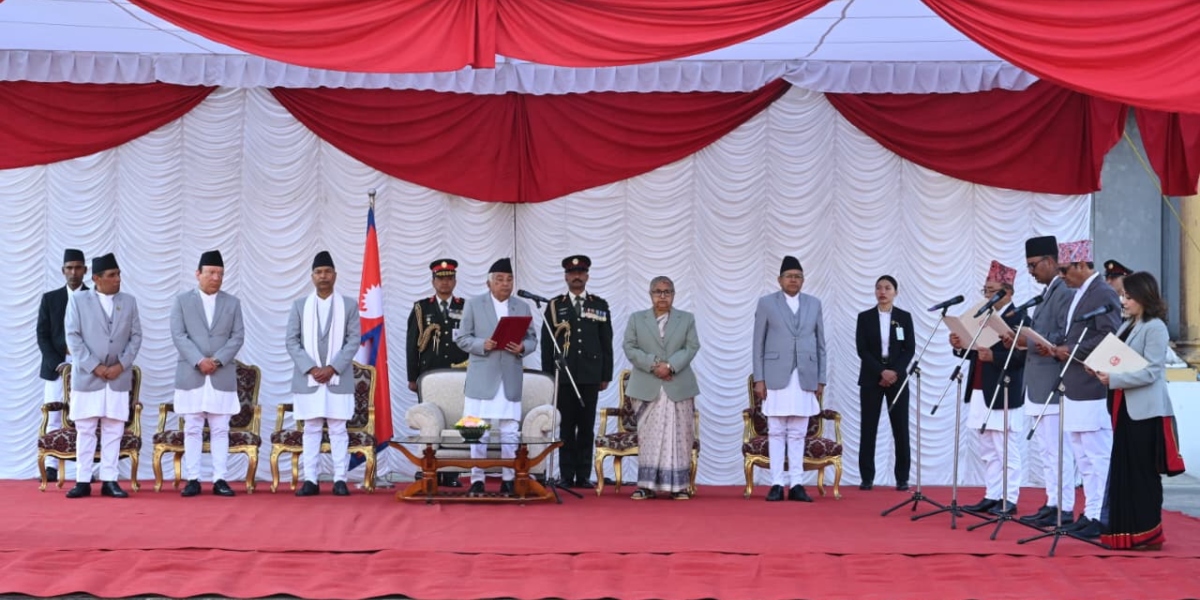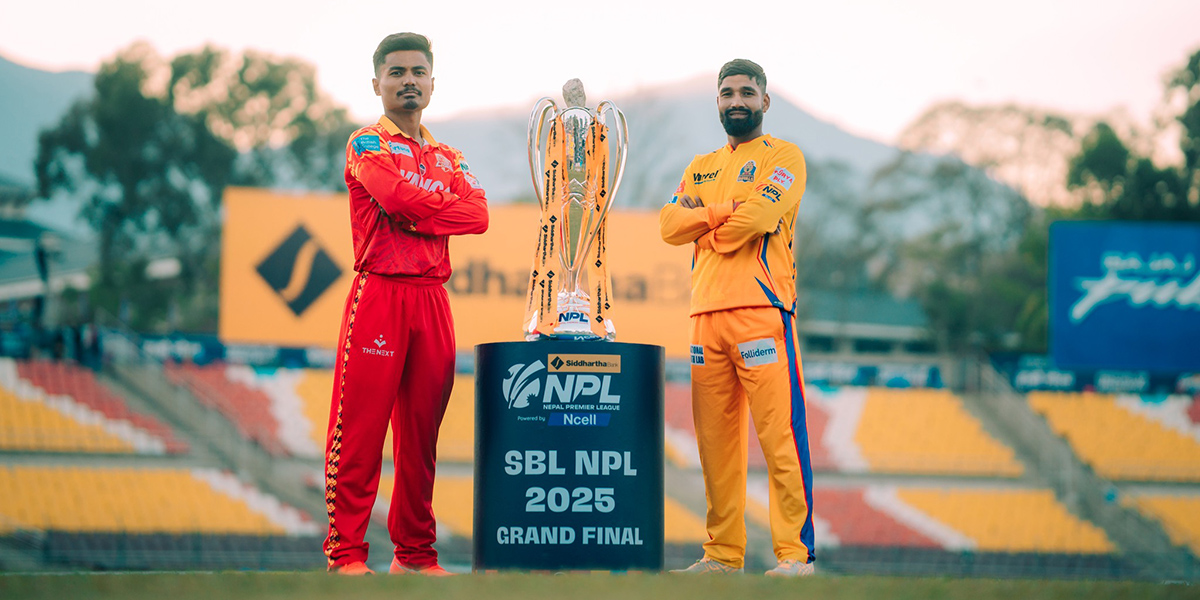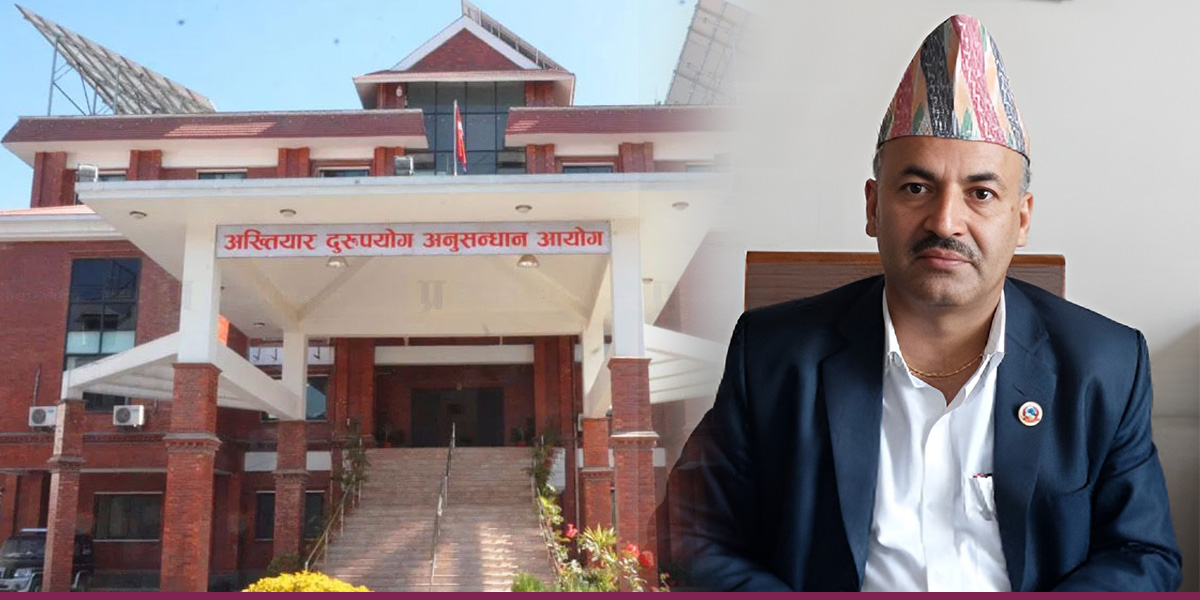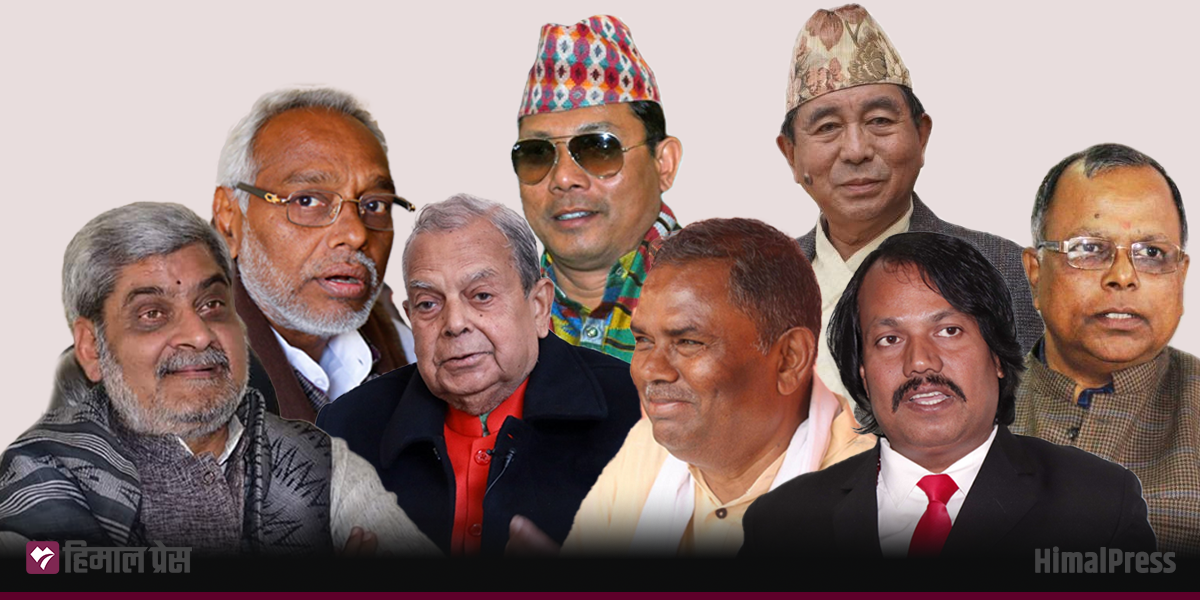
KATHMANDU: The first Madhesh movement began after the interim constitution issued on June 15, 2007, by the then Prime Minister Girija Prasad Koirala-led government was burnt.
The interim constitution was set on fire on June 16, 2007, at Maitighar under the leadership of Upendra Yadav, the then-chairperson of the Madhesi Janadhikar Forum (MJF). Over two dozen leaders and activists, including Upendra, were arrested from Maitighar. The Madhesh movement started in protest of these arrests.
After the first phase of the movement, a 22-point agreement was signed between the government and the MJF. The movement subsided, and Upendra joined the government. However, the agreement was not implemented. Upendra was accused of letting the Madhesh movement fizzle out due to his desire for power.
When the 22-point agreement was not implemented, the MJF and the Sadbhawana Party, led by Rajendra Mahato, formed an alliance – United Democratic Madheshi Front.
The Front announced the second phase of the movement. While preparations for the movement were underway, Nepali Congress (NC) leader Mahanta Thakur, who was in the government, quit the party to form the Terai Madhesh Loktantrik Party (TMLP). Along with Mahanta, other NC leaders like Bijay Kumar Gachhadar, Sharat Singh Bhandari, Jay Prakash Gupta, and Brishesh Chandra Lal also left the party. While Brishesh joined Mahanta in TMLP, Gachhadar, Sharat Singh and JP joined Upendra Yadav’s MJF. Similarly, Mahindra Rai Yadav, who had left the CPN-UML, also joined Mahanta in TMLP.
TMLP also joined the Front. Under the leadership of this Front, the second phase of the movement gained momentum. As a result, on February 28, 2008, an eight-point agreement was reached between the government and the front. Prime Minister Koirala signed the agreement on behalf of the government, while Mahanta, Upendra and Rajendra signed on behalf of the Front.
Although the Front remained intact even after signing the agreement, the unity among Madhes-based parties did not last long. Due to power struggles, personal interests, and the inability to recognize each other’s existence, Madhes-based parties continued to split, with three main parties dividing into more than half a dozen factions.
Leaders like Mahindra, Sharat Singh, JP, Anil Jha, and Rajkishor Yadav formed their own parties. Despite the splits, they remained committed to the Front. However, the lack of unity among the leadership weakened the movement. Although the third Madhesh movement took place under the leadership of the Front after the constitution was issued on September 20, 2015, it ended inconclusively, and the Front became largely inactive. Madhes-based parties continued to see splits.
Declining Strength
When united, Madhes-based parties played a significant role in national politics, particularly in movements for changes in governance. An example of this is the eight-point agreement between the government and the Front which became a cornerstone for implementing the federal system in the country. After the agreement, the country adopted a federal democratic republican system and inclusivity was guaranteed.
However, as time passed and internal divisions grew, the strength of Madhes-based parties weakened. Leaders of these parties acknowledge that political fragmentation has led to a decline in their influence.
Jitendra Sonal, vice chairperson of the Loktantrik Samajbadi Party (LSP), said that Madhes-based parties have become politically weaker due to continuous splits. “We were strong when we stood together. It was easier to take a stand before,” he said. “The recent splits have led to a decline in our strength.”
In the past, the MJF, TMLP and Sadbhawana Party were the main political forces in Madhesh. All these parties have suffered splits. While some leaders have returned to their original parties, others are pursuing politics in their own way.
Consensus on Forming a Front
Realizing their declining strength, Madhes-based parties have felt the need to form a Front. They believe that unity among Madhes-based parties, or at least a Front, is necessary to move forward. From a political and influence perspective, the situation of all parties is similar.
Keshav Jha, a leader of the Rashtriya Mukti Party-Nepal (RMP-N), said since all Madhes-centric parties are in a weak position, they are left with no option but to come together. “All Madhes-centric parties are in a similar state – they appear weak,” he said. “Therefore, forming a Front seems to be the only way forward.”
Brishesh Chandra Lal, who revived the TMLP after splitting from LSP three years ago, also acknowledges that Madhes-centric parties have weakened in recent times. “Looking at how politics is progressing, everyone feels that the strength of Madhes-based parties has declined,” Lal said. “Given the state’s activities and functioning, it seems necessary for all Madhes-based parties to stand together.”
Manish Suman, spokesperson of the Janata Samajbadi Party (JSP) Nepal, attributed the weakening of Madhes-based parties to fragmented politics. He added that the lack of unity has led to a decline in the strength of all parties. “Madhes-centric parties have weakened due to splits. Everyone has realized that splitting leads to weakness,” Suman said. “After the two major parliamentary parties, the NC and CPN-UML, joined forces in a power-sharing agreement, Madhes-centric parties have become both anxious and suspicious.”
Issues like constitutional amendments, the electoral system, and the threshold have created fear among Madhes-based parties. Ram Kumar Sharma, general secretary of JSP Nepal, said that the collaboration between the two major parties has created a crisis for Madhes-centric parties. “Everyone’s existence is in crisis. Even the existence of major leaders seems to be at risk,” Sharma said. “In the current situation where the two major parties have joined forces, the only way to overcome the crisis is through unity or cooperation among Madhes-based parties.”
On December 23, Hridayesh Tripathi, chairperson of the Janata Pragatisheel Party (JPP), publicly called for cooperation among Madhes-based parties. The call energized the Madhes-based parties. They held several discussions to iron out differences and forge a consensus to move ahead in a united manner.
A meeting of these parties on Thursday formed an eight-member task force to prepare a draft for the Front’s structure, agenda and strategy. The task force includes Istiyak Rai of JSP, Sharad Singh Yadav of Janamat Party, Manish Suman of JSP Nepal, Gangaram Chaudhary of Nagarik Unmukti Party, Lakshman Lal Karna of LSP, Keshav Jha of RMP, Shivji Yadav of JPP and Brajesh Singh of TMLP.
Suman, a member of the task force, is optimistic about the Front. “The task force has been formed. Now, it is certain that all parties will come together to form a Front,” he said. He added that the current political situation and events have created the right conditions for the formation of a Front among Madhes-centric parties. “We have weakened due to splits, but unity brings strength,” he says.
Once the task force presents its report, top leaders of all parties will discuss and finalize it, after which Madhes-centric parties will once again engage in the process of forming a Front.
Keshav Jha, a member of the task force and leader of the RMP, said that the modalities for the Front will be prepared soon. “The task force has been formed. Within four to five days, we will finalize the draft and present it to the top leadership,” he added.
How Long with the Front Last?
Given the history of splits and divisions, there are concerns about the longevity of the proposed Front. Keshav Jha, however, said they need to move forward by learning lessons from past mistakes. “We have faced many setbacks before,” he says. “We need to proceed carefully. The problem arose because top leaders did not recognize each other’s existence,” he added.
Parameshwar Sah, general secretary of LSP, also said the inability to recognize each other’s existence led to divisions among Madhes-based parties. “Cooperation is often short-lived. I believe there should be unity among Madhes-centric parties,” Sah said. “We were united in the past also. However, the struggle for coexistence led to the fragmentation of Madhes-based parties. At least now, we should avoid repeating that.”

